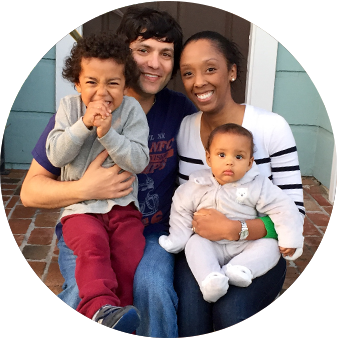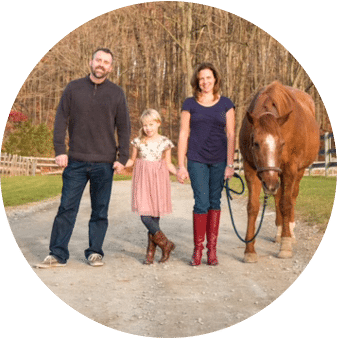MakinG An Impact
The most effective way to create an equitable and sustainable future for kids.
It’s simple. The most effective way to address the climate crisis, and reduce our impact on the environment and other species, is by choosing smaller families. And when parents choose smaller families, they and their communities can cooperatively invest more time, attention and resources in each child to ensure a fair start in life.
Our campaigns are aimed to achieve these goals. Fair Start Movement is also building a community of everyday families, celebrities, and thought leaders who are leading by example and speaking out publicly about the need for child-first family planning. We call it the Sustainable Families campaign.
Nothing has a greater impact on our reaching the Sustainable Development Goals, or a better long-term return in investment.
The impact of better family planning and early childhood investments:
- 20 TIMES: Having a smaller family is 20 times more effective at reducing climate impact than changing diet or forms of transportation. Learn more about climate impact and family size.
- 600 Percent ROIs: These returns come from changing family planning to invest more in young women and ensure they delay having kids in favor of education.
- BILLIONS: By 2100 world population could vary by billions of people, depending on whether the average woman in the world today has one child more or one child fewer in her lifetime.
- 13%: New research by Nobel laureate economist James Heckman and his coauthors suggests that, after accounting more accurately for long-term health and other benefits, the return on investment for early childhood programs is even higher than previously believed, at 13 percent rather than 7-10 percent.
- 1 MILLION SPECIES face extinction thanks to population growth-driven human activity, the U.N. reports.
- Our current family planning systems provide no minimum standard of well-being for future children, allowing children to be born into failing state systems because their parents cannot care for them. That exacerbates inequity, and ensures rich kids stay rich and poor kids stay poor.
- Child-first family planning provides a clear human rights-based solution and path forward. It’s sustainable and equitable, and reflected in the worldwide trend towards smaller families that can invest more in each child and ensure a safer future.
Further Reading:
Lower Fertility Isn’t A Crisis. It’s A Solution.
Fertility Rates May Be Down (For Now), But Our Population Is Still On the Rise.
Families who care about the future are taking real action.
Read their stories – and join these and other families making a better future for all!



Modeling
The way we plan our families – how many kids we have, whether we wait until we are ready, whether we help other parents or focus on ourselves, etc. – determines how other people plan their families. Role modeling matters, especially when celebrities and public figures are doing the modeling. We change the world by setting an example for others.
HOw FSM Is Making an Impact
The Royals Speak Out and Embrace Sustainable Families
Shortly after we wrote to the Duke and Duchess of Sussex, they announced that they would be choosing to have a small family to protect their children’s future. Read more here.
UNFPA Adopts FSM Language
On World Population Day 2022, the UNFPA declared for the first time that “achieving equality is not about counting people, but making people count,” language that the Fair Start Movement has been using for years.
Stable Planet Alliance Voices Need for Child Centric Approach
In a recent letter to the UN-DESA, the Stable Planet alliance called for a child-centric approach that prioritizes just and sustainable development.
Major Outlets Bring Attention to Just and Sustainable Family Planning
National media outlets including Newsweek, The NY Times, The Hill, Salon, Ms. Magazine, The Independent, and The Telegraph, and have started to shine line on the need for child-centric family planning that ensures an eco-social fair start in life. See more coverage here.
Notable Experts Embrace the Fair Start Model
Renowned author and environmentalist Paul Hawken is among the prestigious list of experts and organizations who have endorsed the Fair Start Model. See the list here.
Academia Recognizes Child-Centric Family Planning
The Fair Start Model has been published in five peer reviewed journals.
Baby Bond Programs Gaining Momentum
The Fair Start Movement has been advocating baby bonds, and specifically for the District of Columbia. The D.C. Council unanimously adopted a baby bond program in the Fall of 2021, and now the state of California has adopted a pilot program as well.

